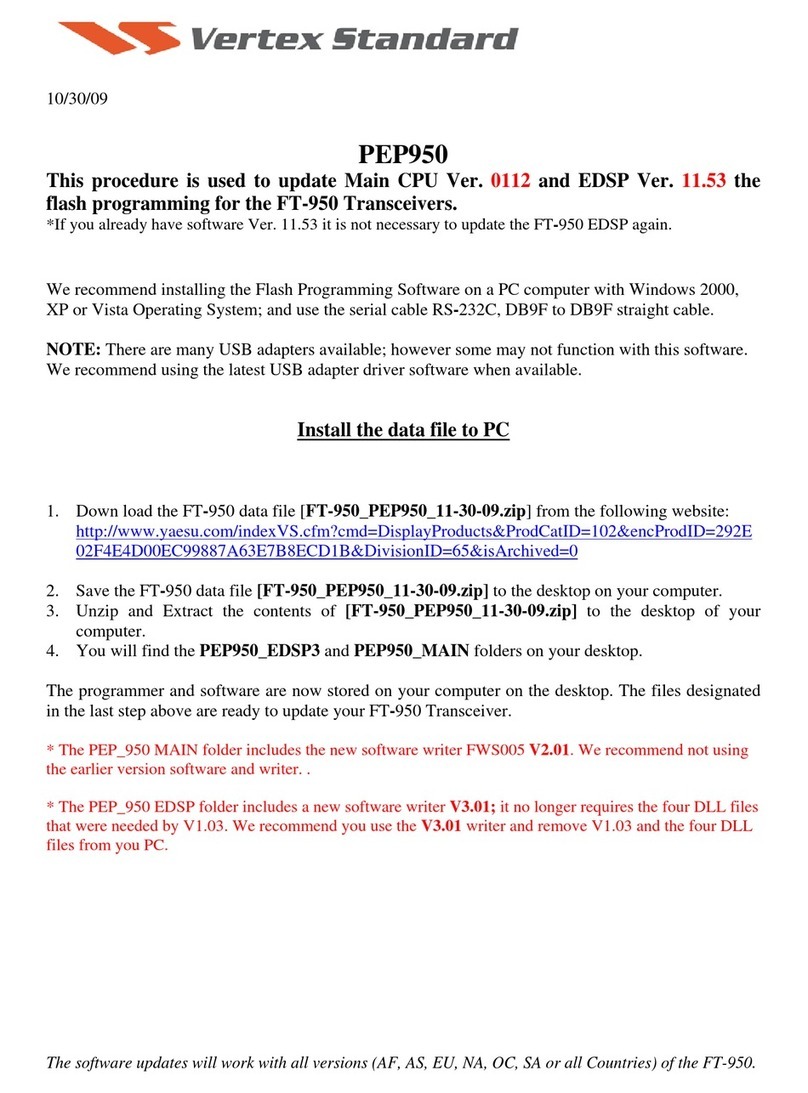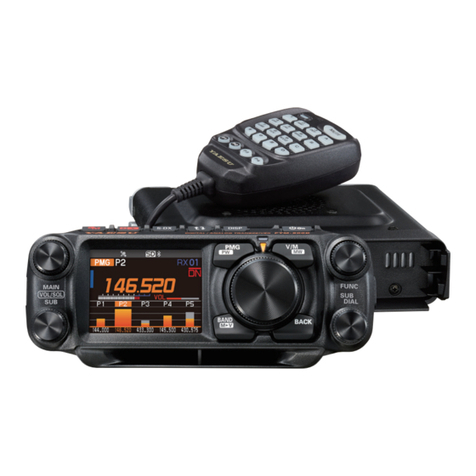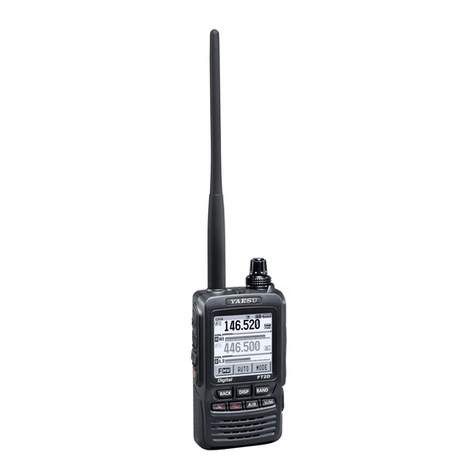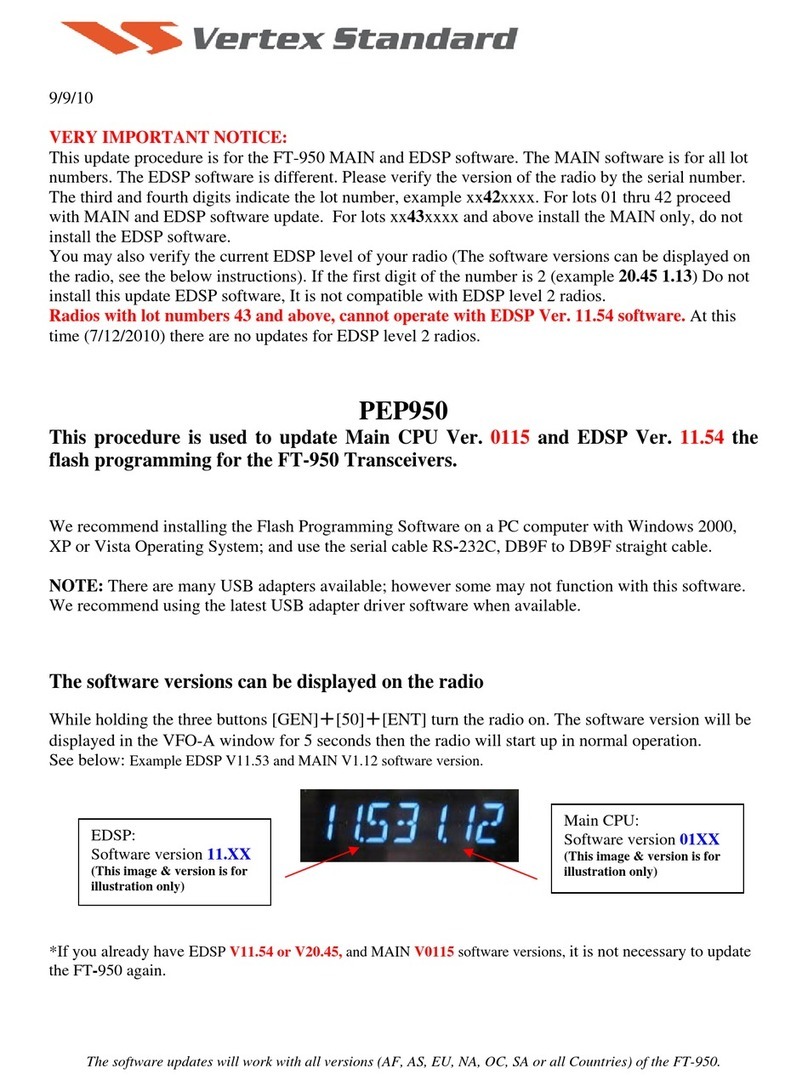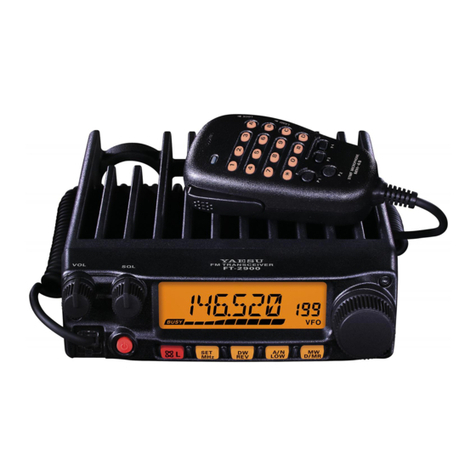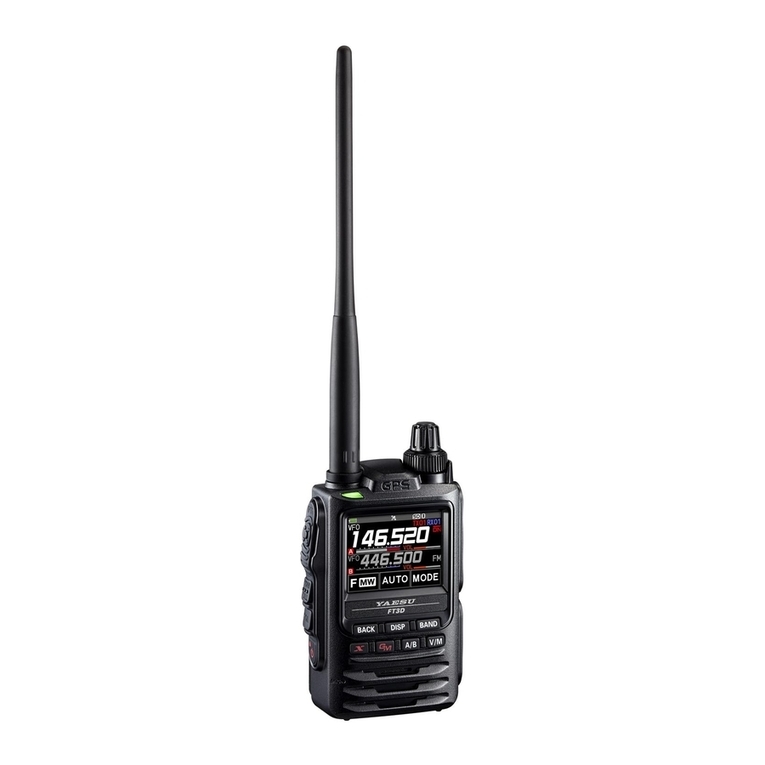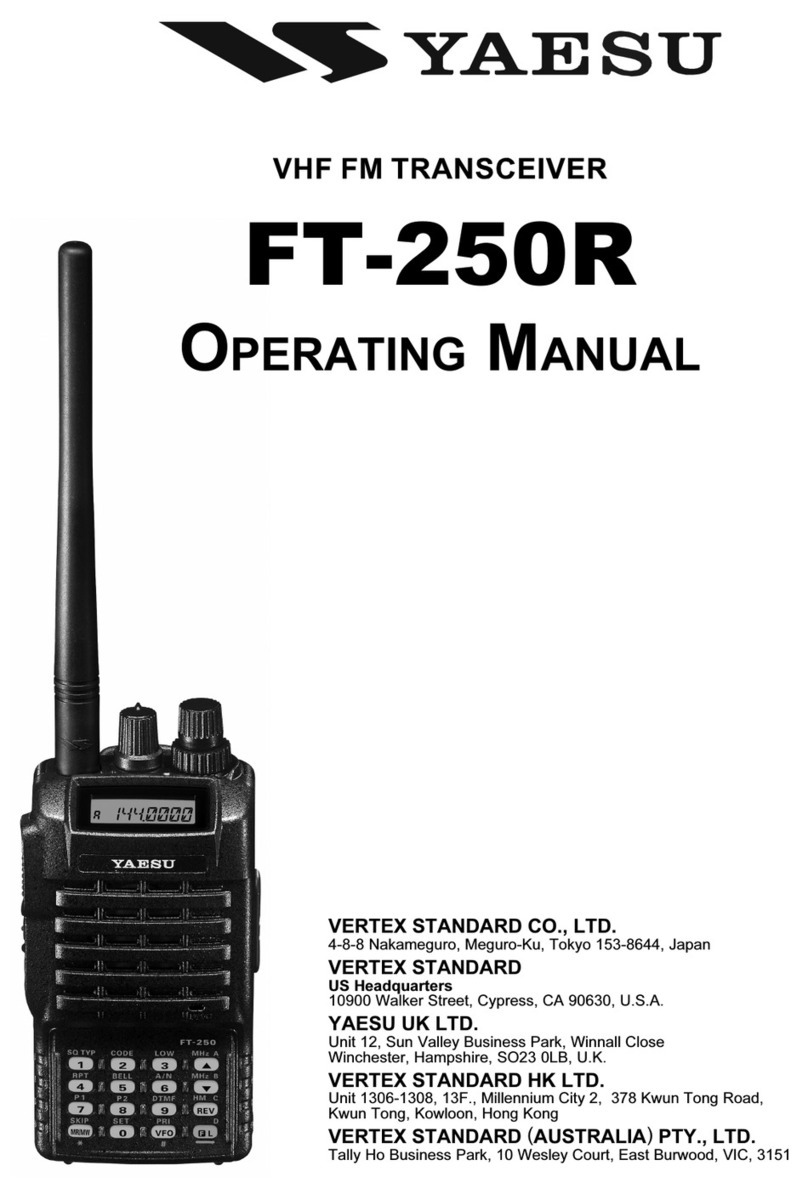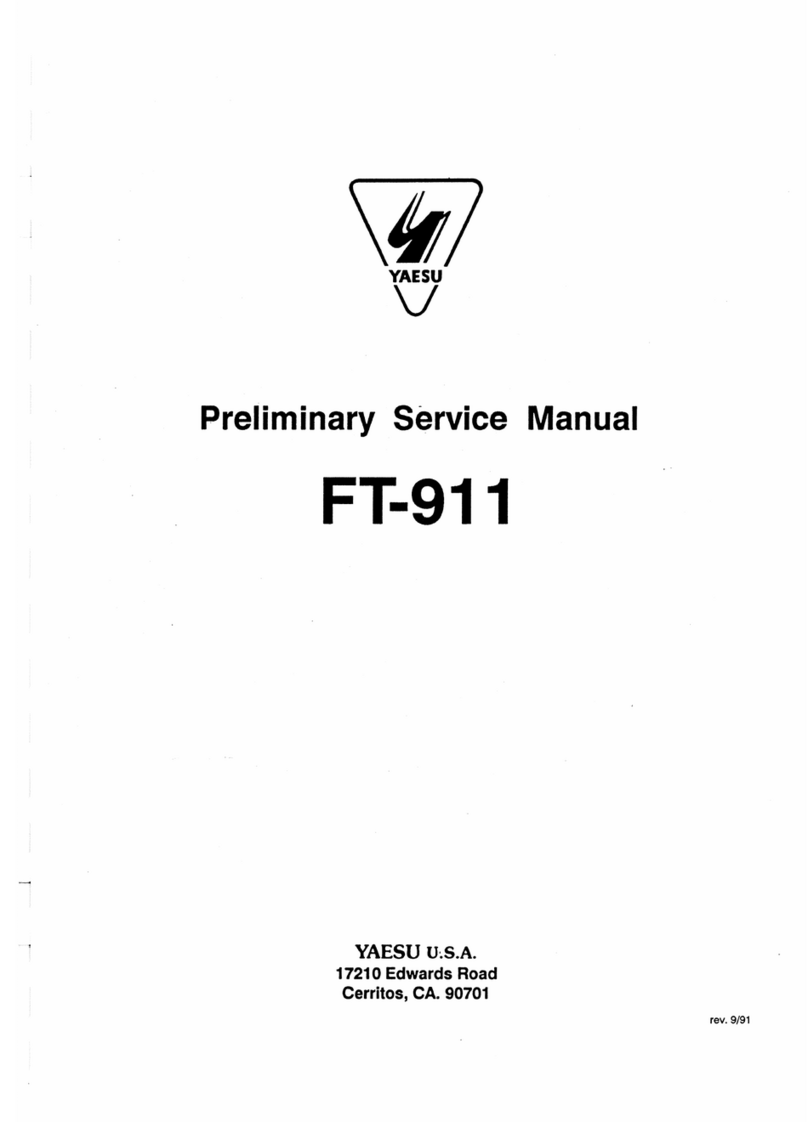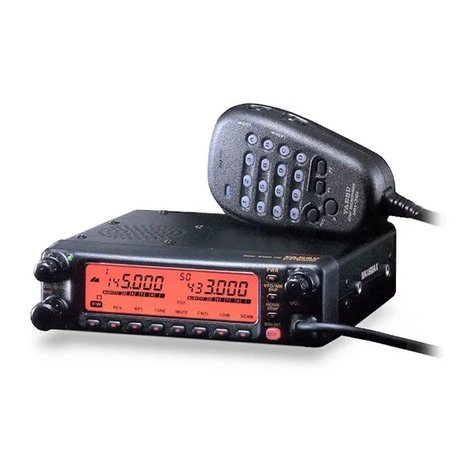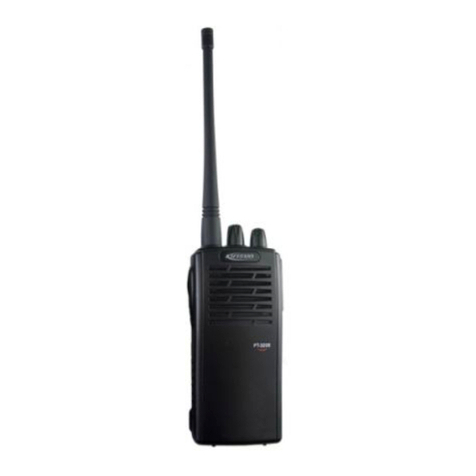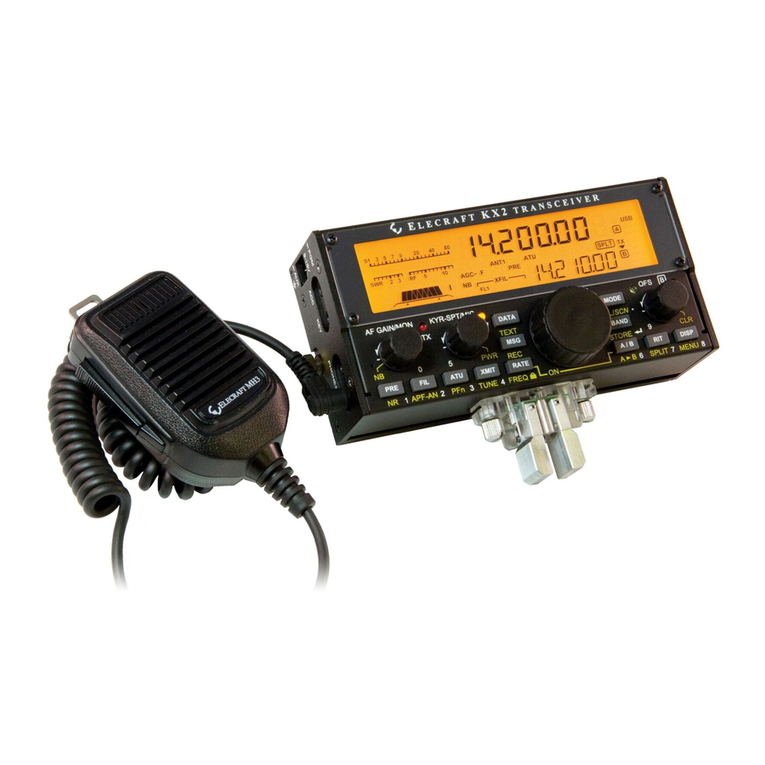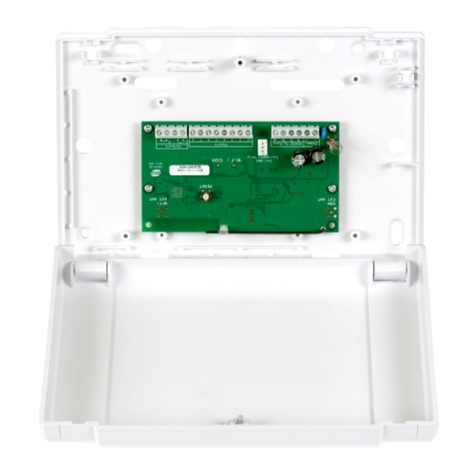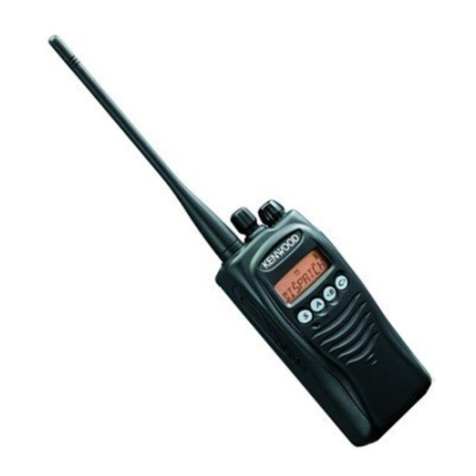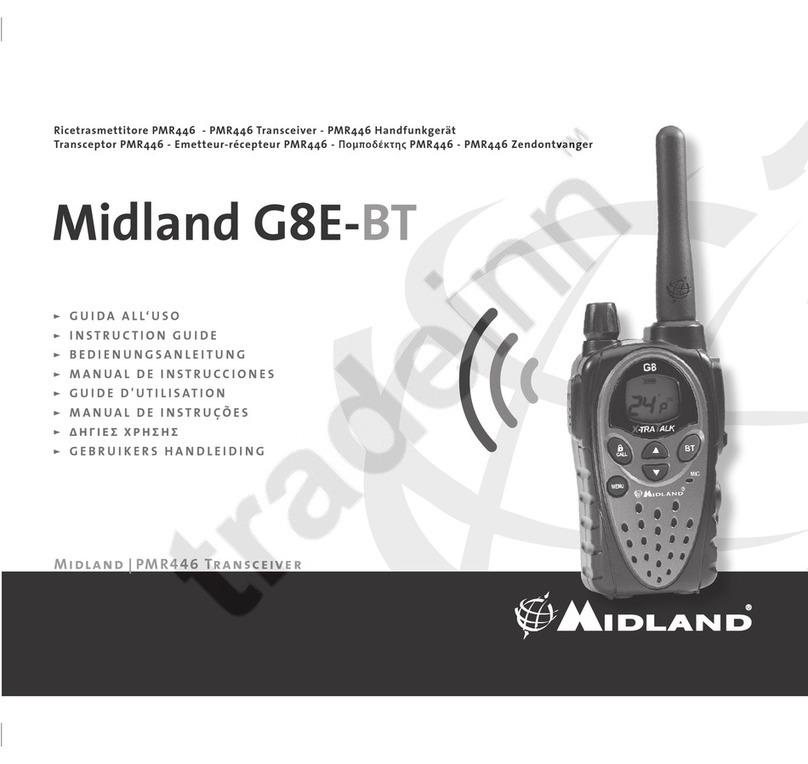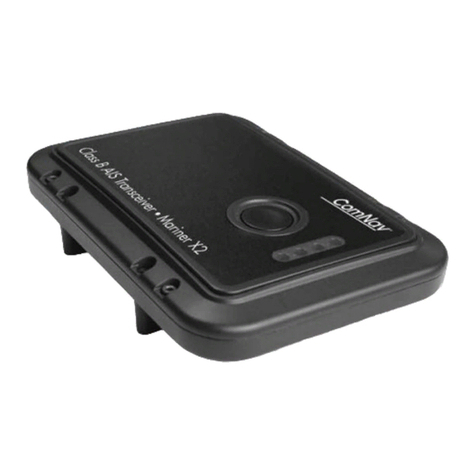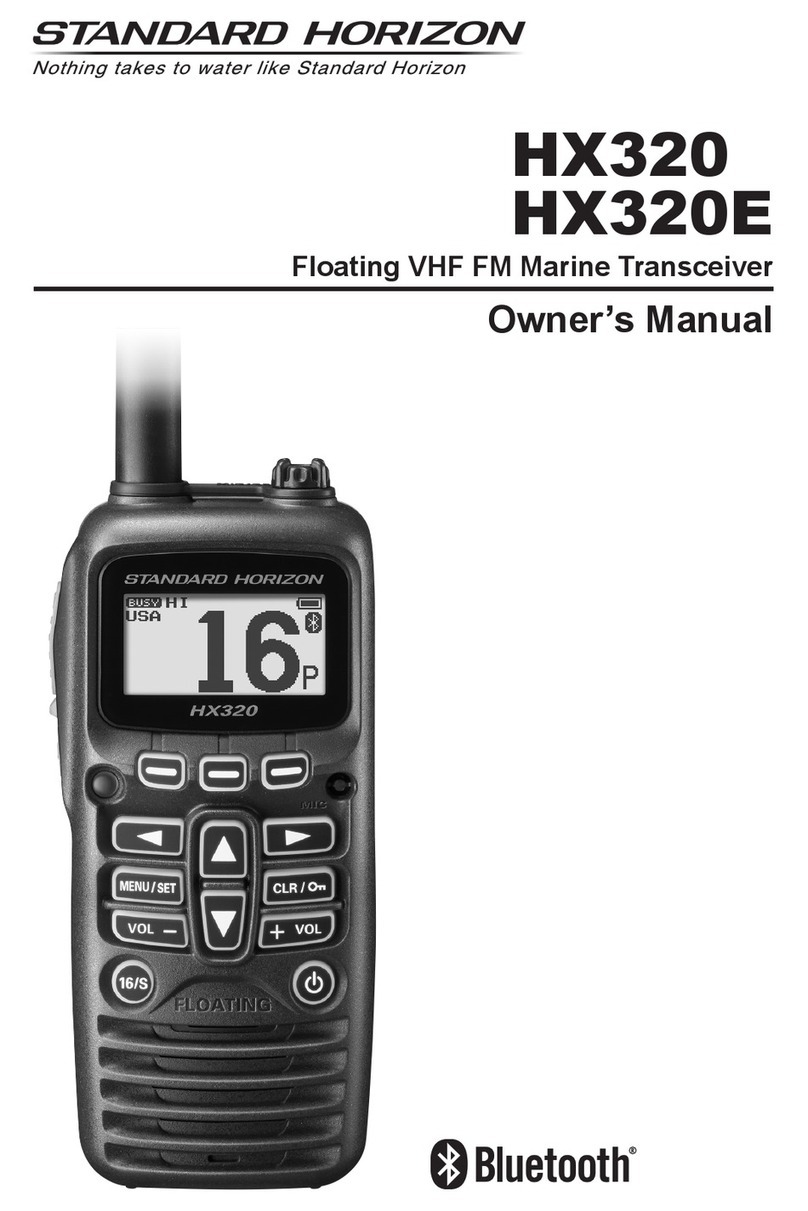
1
APRS® initial settings ........................................................................................................ 2
Initial setting process for APRS operations................................................................... 2
When operating APRS using the GPS function ............................................................ 3
When operating APRS without using the GPS function................................................ 3
Setting your own station callsign................................................................................... 4
Setting the APRS modem ............................................................................................. 4
Setting the APRS baud rate.......................................................................................... 5
Setting the APRS operating frequency ......................................................................... 5
Other initial settings ...................................................................................................... 5
Changing the symbol of your station......................................................................... 5
Deciding the operating band ..................................................................................... 6
Receiving APRS® beacons ............................................................................................... 8
Receiving beacons........................................................................................................ 8
Description of the APRS STATION LIST screen and operations .................................. 9
APRS reception pop-up setting................................................................................... 20
Display to notify reception of the same beacon or message ...................................... 20
Audio notification of a beacon or message received APRS RINGER function ........... 21
Displaying RAW packet data ...................................................................................... 22
Deleting a beacon station from the list........................................................................ 22
Transmitting APRS®beacons ......................................................................................... 23
Transmitting an APRS beacon manually .................................................................... 23
Transmitting an APRS beacon automatically.............................................................. 23
Setting the SmartBeaconing™.................................................................................... 24
Registering status text ................................................................................................ 24
Selecting a position comment..................................................................................... 25
Setting the digipeater route......................................................................................... 26
Setting the address of the digipeater route ............................................................. 27
APRS® message screen and operating instructions ....................................................... 28
Description of the APRS MESSAGE LIST screen and operations ............................. 28
Checking messages................................................................................................ 28
Description of the APRS MESSAGE LIST detail screen and operations.................... 29
Message edit screen and description of operations.................................................... 30
Receiving messages................................................................................................... 31
Filter setting for messages received ........................................................................... 31
Deleting a message from the list................................................................................. 32
Transmitting APRS® messages....................................................................................... 33
Creating and sending messages ................................................................................ 33
APRS Setup menu List................................................................................................... 37
APRS Setup menu function list ...................................................................................... 41
Table of Contents
